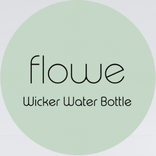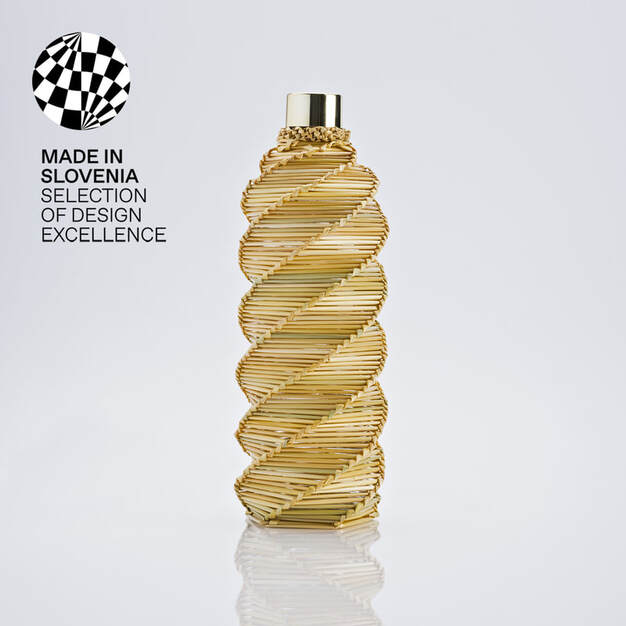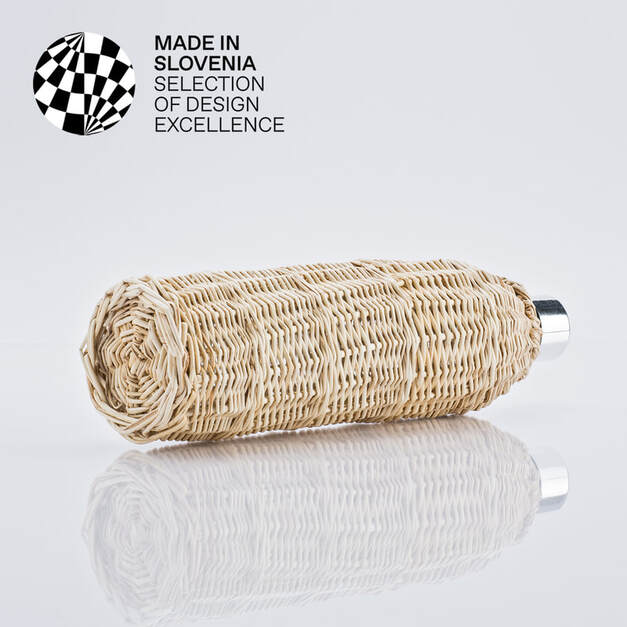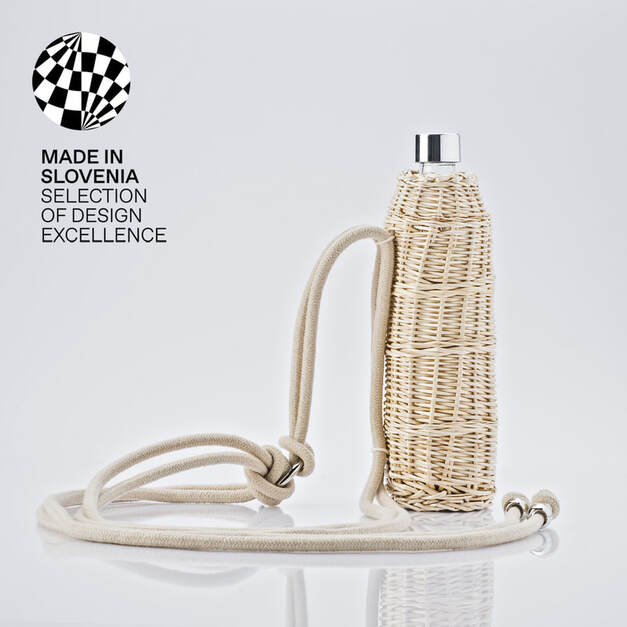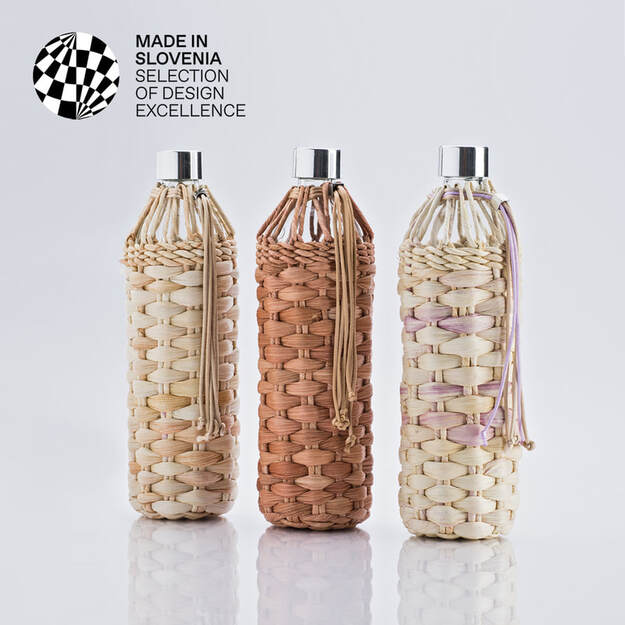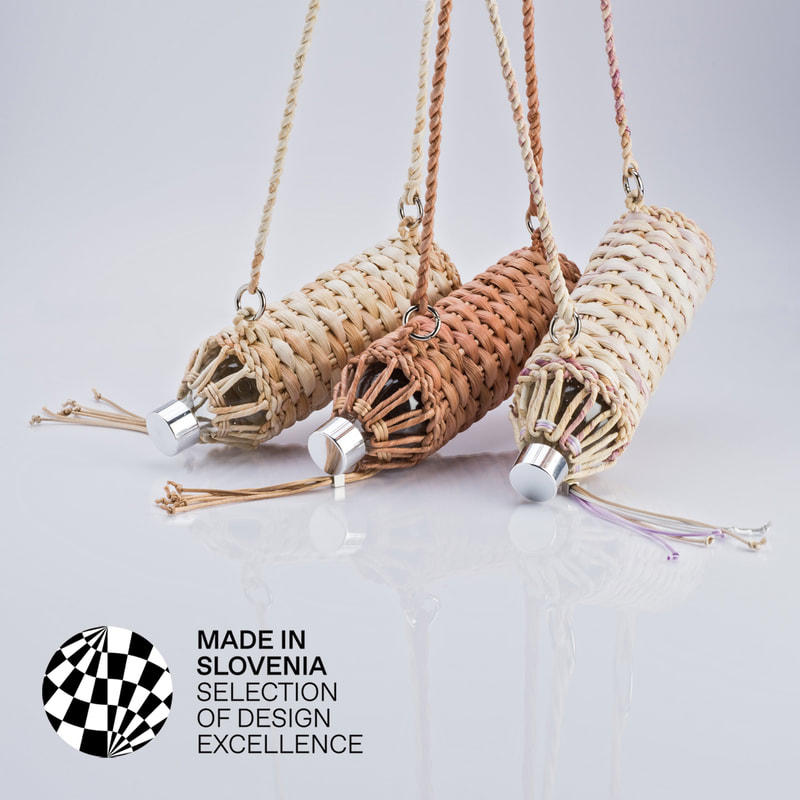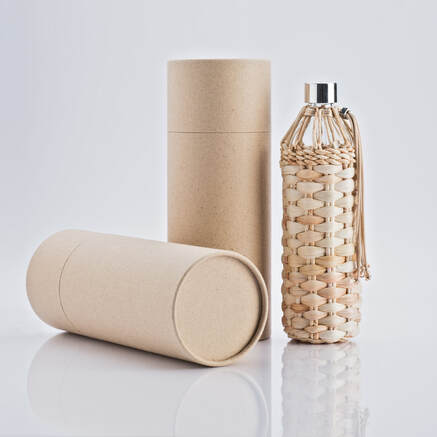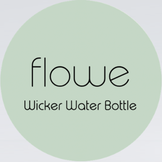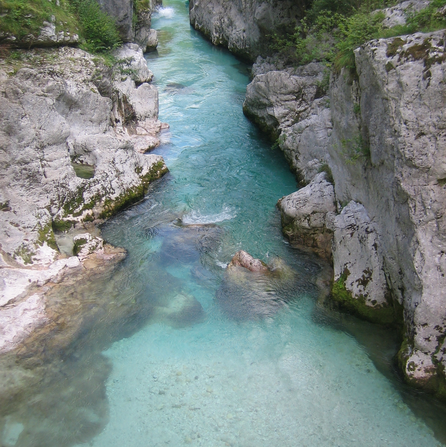Rye Straw |
Rye is grown for its highly nutritious grain, and the straw stem is a by-product.
For use in wicker, the crop must be cut by hand to provide the perfect quality and shape. |
|
The willow is an extremely fast growing tree and is a truly sustainable and renewable resource.
In the first years, it can reach up to 10 cm per day, which is usually about two and a half meters a year. Young willow branches are used for wicker. |
Flowe water bottles takes the personal reusable water bottle and makes it into wearable ethical fashion accessory.
|
|
Wicker material used is 100% natural, and in the case of corn leaves, a by-product of a cash crop.
Corn leaves used come from non-genetically modified maize plants. The leaves these plants produce have a longer shape, and for this reason are the only ones suitable for wickerwork. All the colour shades (Natural, Lila and Copper) are result of the natural growth of this particular corn plant. |
Flowe water bottles takes the personal reusable water bottle and makes it into wearable ethical fashion accessory.
|
SUSTAINABLE LIFESTYLE
Supporting Heritage Crafts |
Traditional crafts are an important part of our cultural heritage, but sadly in many cases they are dying out.
Why is this happening, and how can we preserve these unique crafts in this time of globalisation, without being merely nostalgic? Is it possible to cross this old knowledge and skills with a modern approach and create new ‘hybrid’ products that can find their way to the contemporary user? I believe there is a great potential waiting for designers to explore this world, working with local crafts people that still possess these rare skills. |
CIRCULAR DESIGN. MADE ETHICALLY.
Use of 100% AGRICULTURAL WASTE (corn husk & rye straw)
RENEWABLE RESOURCE (willow)
100% COMPOSTABLE wicker
100% RECYCLABLE glass
RENEWABLE RESOURCE (willow)
100% COMPOSTABLE wicker
100% RECYCLABLE glass
Biodiversity & PackagingFlowe protective packaging for postage is made from unbleached cardboard made from INVASIVE ALIEN PLANT SPECIES material such as Japanese knotweed (Fallopia japonica) or Black locust (Robinia pseudacacia)
Many plants that are used for food and decorations are alien plants. They were brought to Slovenia from the area of their natural distribution, either intentionally or unintentionally. Most of them remain in the fields and gardens, but some of them have found a way to spread quickly to the natural environment. They replace native species, change ecosystems, cause economy harm or even endanger human health. Due to their successful spread, they are called invasive alien plant species. They are found mainly in abandoned construction sites, along the roads and railways, on abandoned agricultural lands, along the edges of forests and on river banks. In Slovenia, most of the invasive alien plants are being composted or burnt but with Flowe water bottles we are searching new opportunities for their usage . |
Respect for WaterAccording to the UN, as early as 2025, two-thirds of the world's population will live in water scarce areas and forecasts show that by 2050 water requirements will increase by 55%.
Perhaps we could focus more on fundamental things like water, which by their increasing scarcity become more and more valuable? As consumers we need to change our attitude towards the precious asset of water. Part of this change could be about how we carry drinking water in our daily lives. Could the vessels in which it is kept reflect real respect for this vital element? |
Study the past if you would define the future. |
|

